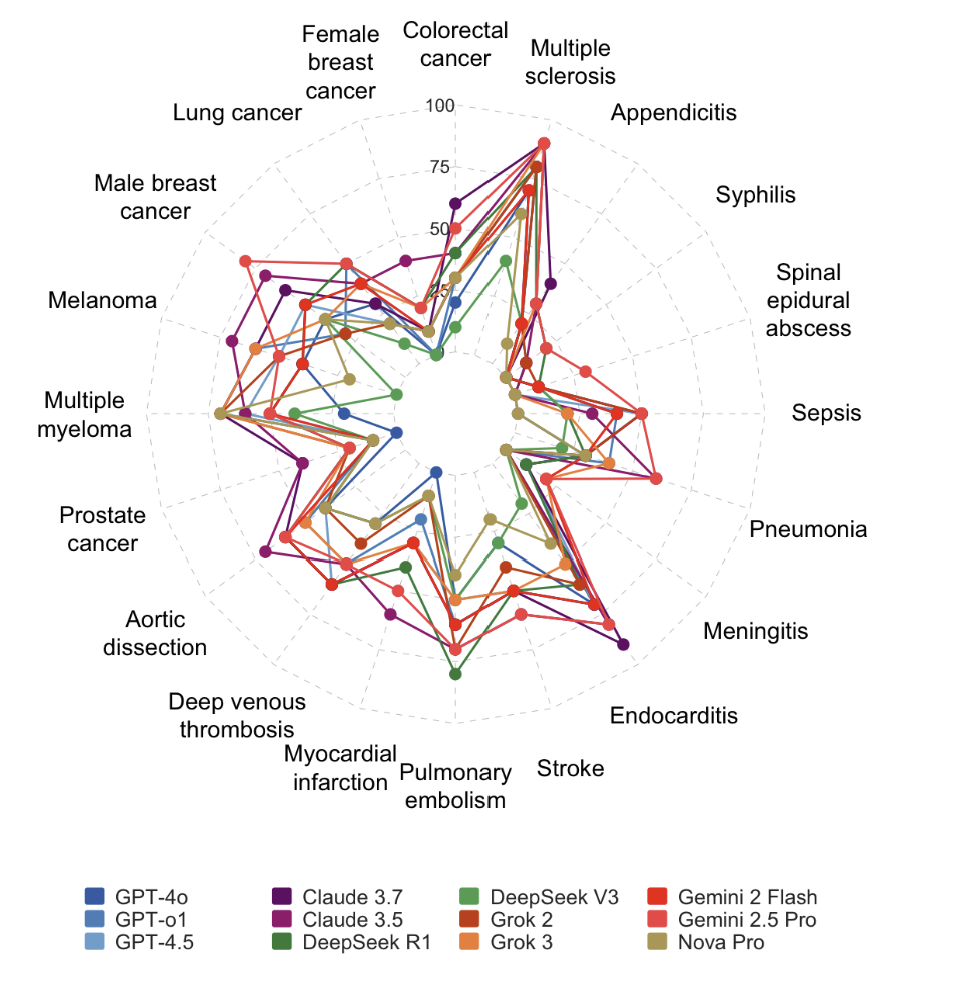So far, we’ve discussed supervised learning (learning from labeled data) and reinforcement learning (learning from rewards). But what if you have a vast amount of data with no labels at all? This is where Unsupervised Learning comes in. Its goal is to explore the data and find some inherent structure or pattern within it.
Unsupervised learning is a powerful tool for data exploration and analysis. Instead of predicting a specific outcome, it helps us understand the data itself. The two most common tasks in unsupervised learning are clustering and dimensionality reduction.
Clustering: Grouping Similar Data
Clustering is the task of grouping a set of objects in such a way that objects in the same group (called a cluster) are more similar to each other than to those in other clusters. It’s useful for tasks like:
- Customer Segmentation: Grouping customers based on their purchasing behavior.
- Anomaly Detection: Identifying unusual data points that don’t fit into any cluster.
- Image Segmentation: Grouping pixels in an image to identify different objects.
K-Means Clustering
One of the most popular and straightforward clustering algorithms is K-Means. The “K” refers to the number of clusters you want to find. The algorithm works as follows:
- Initialization: Randomly select K data points to be the initial “centroids” (the center of each cluster).
- Assignment Step: Assign each data point to the nearest centroid. This forms K clusters.
- Update Step: Recalculate the centroid of each cluster by taking the mean of all data points assigned to it.
- Repeat: Repeat the assignment and update steps until the centroids no longer change significantly.
Dimensionality Reduction: Simplifying Data
Modern datasets can have hundreds or even thousands of features (dimensions). This “curse of dimensionality” can make it difficult to visualize data and can slow down machine learning algorithms. Dimensionality reduction is the process of reducing the number of random variables under consideration, via obtaining a set of principal variables.
Principal Component Analysis (PCA)
Principal Component Analysis (PCA) is the most common technique for dimensionality reduction. It works by identifying the “principal components” of the data. These are new, uncorrelated variables that are linear combinations of the original variables.
PCA finds the directions of maximum variance in the data and projects the data onto a new, lower-dimensional subspace. The first principal component accounts for the largest possible variance, the second principal component accounts for the second-largest variance, and so on. By keeping only the first few principal components, we can reduce the dimensionality of the data while retaining most of its important information.
Unsupervised Learning in Scikit-Learn
The scikit-learn library in Python provides easy-to-use implementations of many unsupervised learning algorithms.
import numpy as np
from sklearn.datasets import make_blobs
from sklearn.cluster import KMeans
from sklearn.decomposition import PCA
import matplotlib.pyplot as plt
# --- 1. K-Means Clustering Example ---
# Generate synthetic data with 4 clusters
X, y_true = make_blobs(n_samples=300, centers=4,
cluster_std=0.60, random_state=0)
# Initialize and fit K-Means
kmeans = KMeans(n_clusters=4)
kmeans.fit(X)
y_kmeans = kmeans.predict(X)
# Plot the results
plt.figure(figsize=(12, 5))
plt.subplot(1, 2, 1)
plt.scatter(X[:, 0], X[:, 1], c=y_kmeans, s=50, cmap='viridis')
centers = kmeans.cluster_centers_
plt.scatter(centers[:, 0], centers[:, 1], c='black', s=200, alpha=0.5)
plt.title('K-Means Clustering')
# --- 2. PCA Example ---
# Generate some synthetic 2D data
rng = np.random.RandomState(1)
X = np.dot(rng.rand(2, 2), rng.randn(2, 200)).T
# Initialize and fit PCA to find 1 principal component
pca = PCA(n_components=1)
pca.fit(X)
# Transform the data to its first principal component
X_pca = pca.transform(X)
# Plot the results
plt.subplot(1, 2, 2)
plt.scatter(X[:, 0], X[:, 1], alpha=0.3)
for length, vector in zip(pca.explained_variance_, pca.components_):
v = vector * 3 * np.sqrt(length)
plt.plot([0, v[0]], [0, v[1]], '-k', lw=3)
plt.axis('equal')
plt.title('Principal Component Analysis')
plt.show()
print("Original shape: ", X.shape)
print("Transformed shape:", X_pca.shape)What the Code Does
- K-Means: We generate some blob-like data with 4 distinct centers. We then use
KMeansfrom scikit-learn to find these clusters and plot the data points colored by their assigned cluster, with the final centroids marked in black. - PCA: We create some correlated 2D data. We then use
PCAto find the single most important direction (the first principal component). The plot shows the original data and a black vector representing the principal component, which is the direction of highest variance. We then transform the data, reducing it from 2 dimensions down to 1.
Conclusion
Unsupervised learning is a fundamental part of a data scientist’s toolkit. It allows us to discover hidden structures in data without any predefined labels, making it an essential first step in understanding complex datasets. Techniques like K-Means and PCA are not only useful on their own but can also be used for pre-processing data before applying supervised learning algorithms, often leading to better performance and faster training times.








